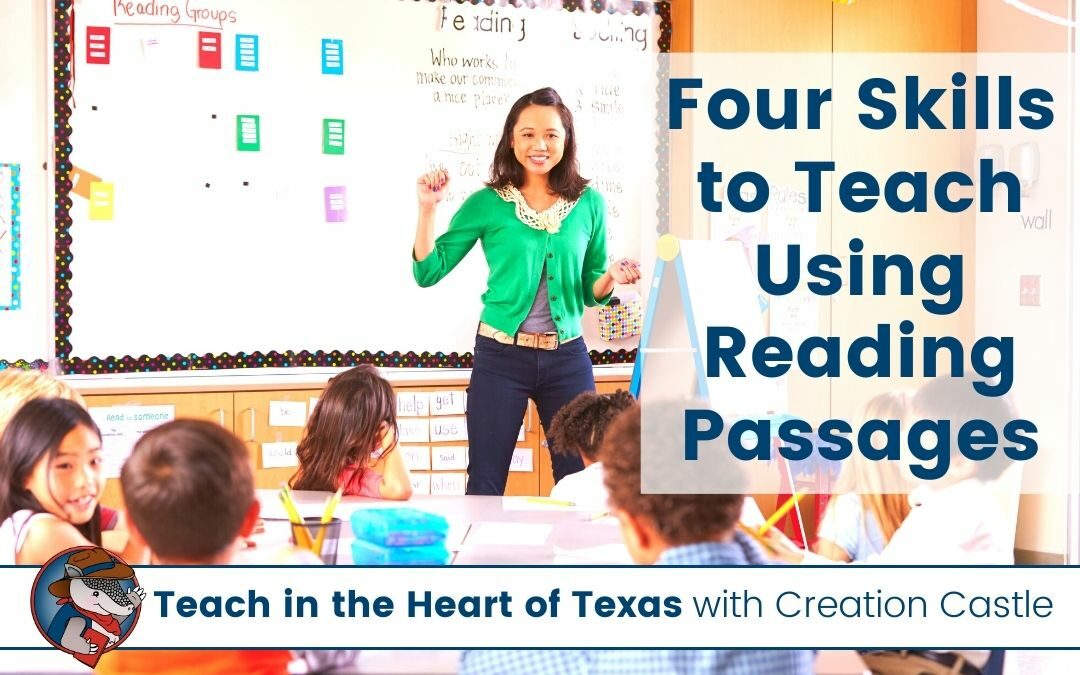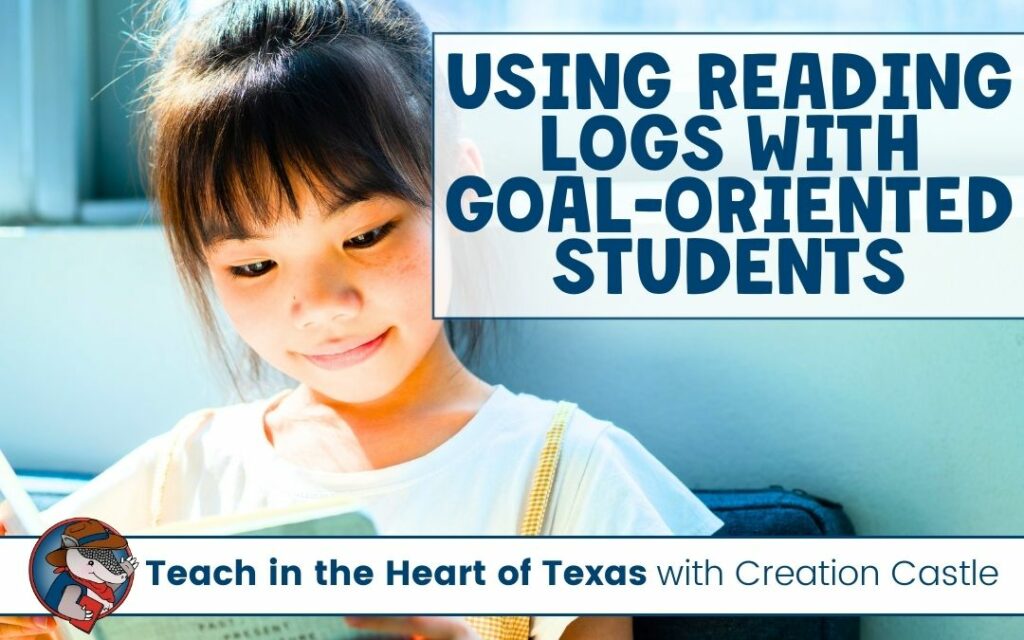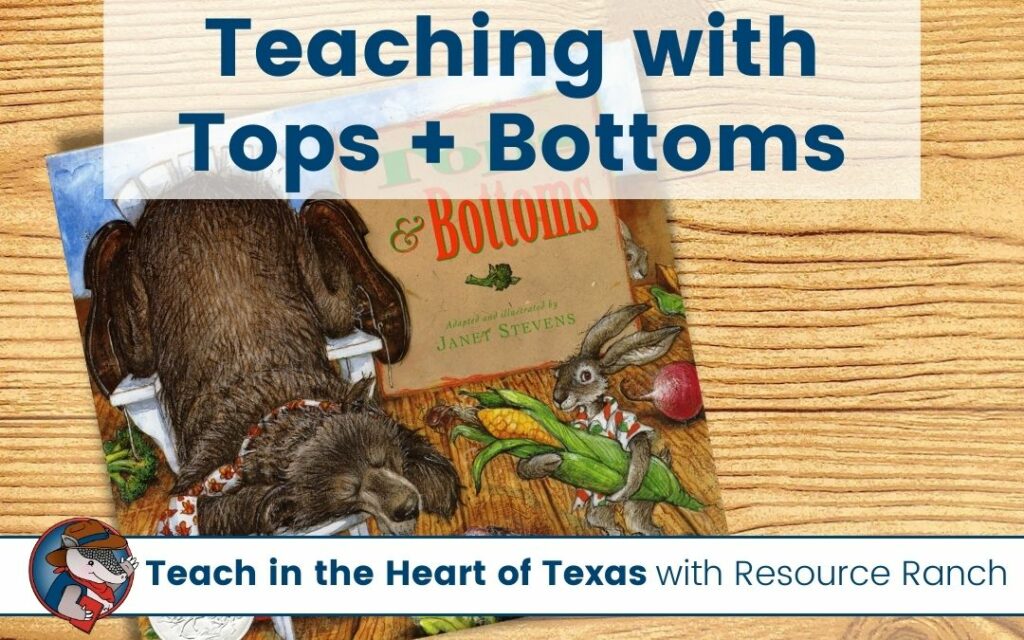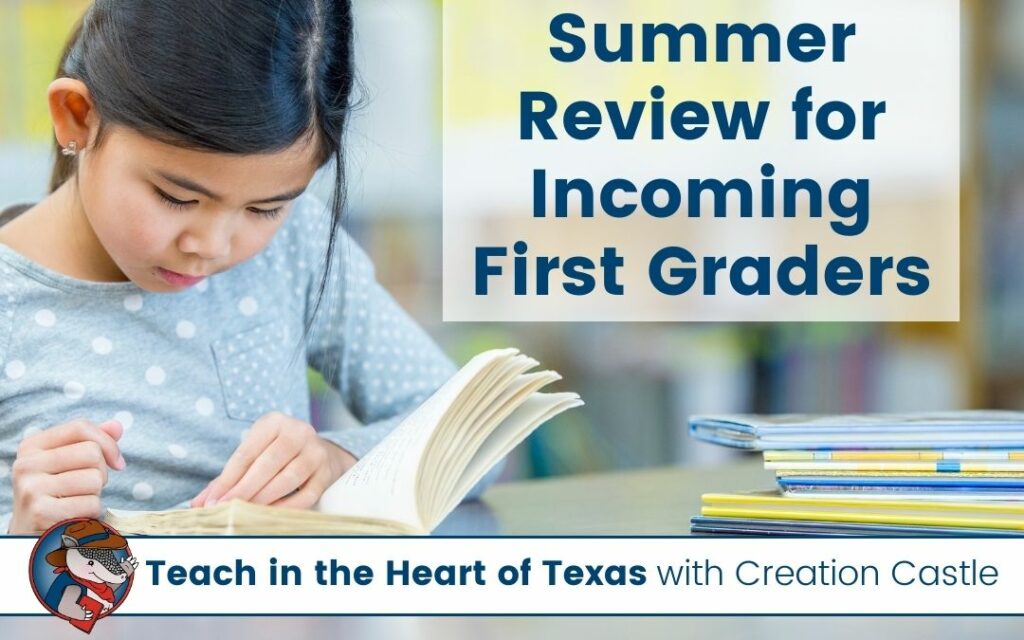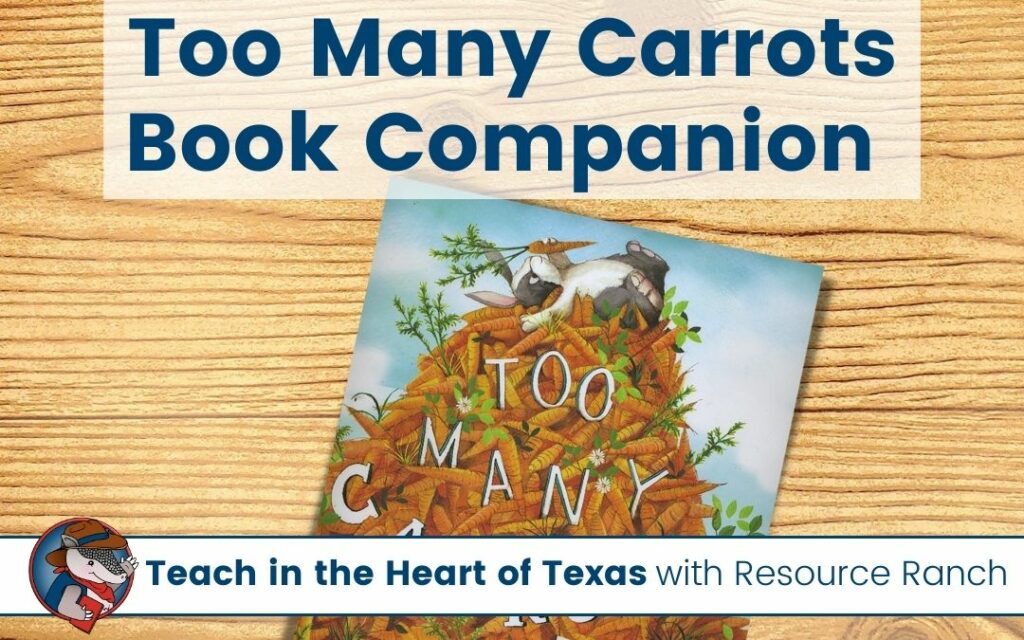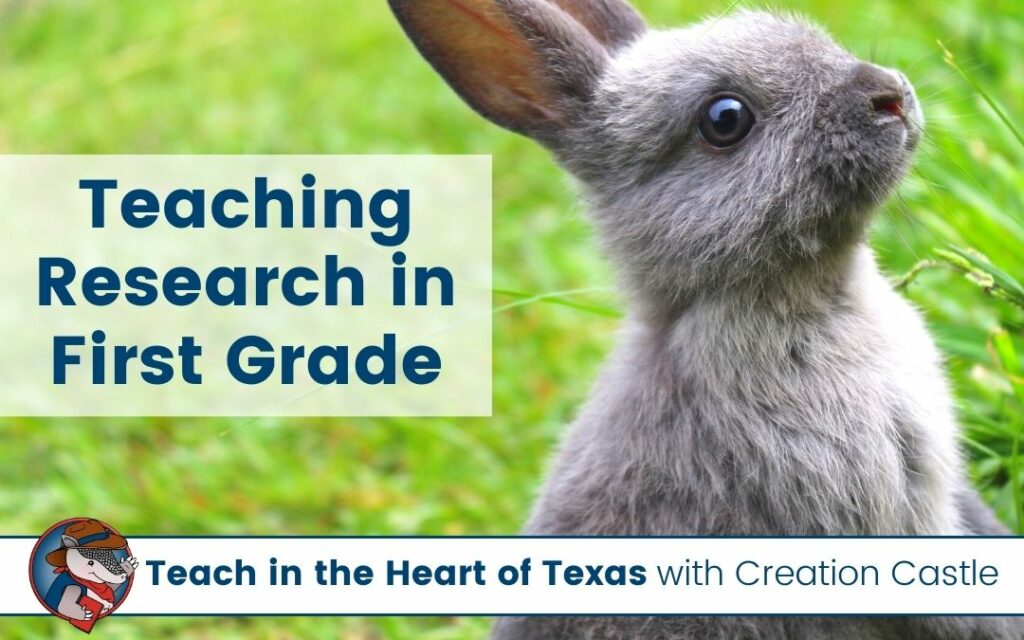Figuring out how to teach word families in your classroom without the activities seeming redundant or boring to students can be tough. Word families by nature are repetitive, so ideally you will find ways for students to reach mastery without fighting them to complete their work.
Word family passages are a great way to work on word families and sneak in some other skill practice at the same time. Here are four easy ways to integrate word families with important skills your students will be working on.
4 Skills to Practice with Word Family Passages
Reading Fluency
Reading fluency occurs when students can read with speed, accuracy, and expression. Word family reading passages are a fun and easy way for students to build confidence in their fluency skills.
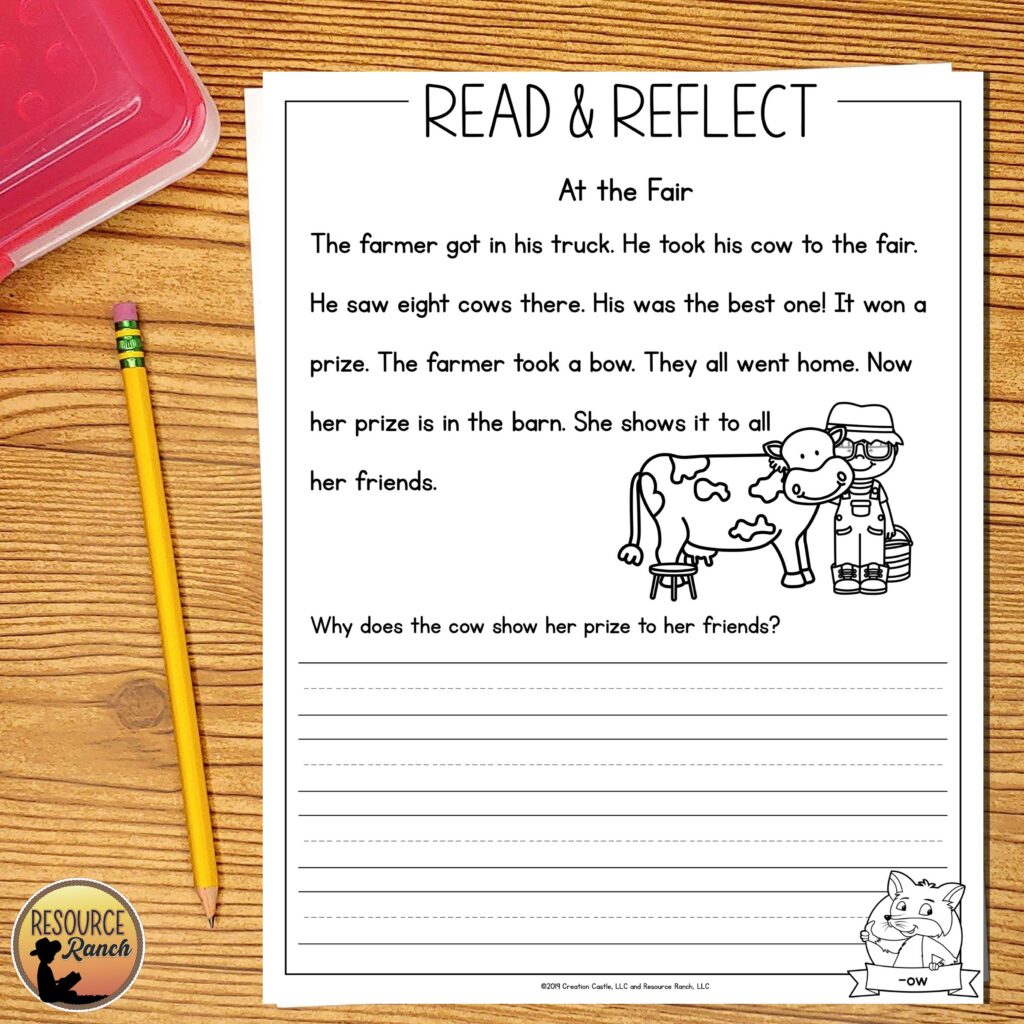
As your students learn the word family, it will help them read those words with automaticity and let them focus on the story they are reading rather than decoding the words.
Reading Comprehension
Once upon there was a princess. She kissed a frog. They got married.
That’s a pretty terrible story, right? In fact, I wouldn’t really consider that a story.
Unfortunately for a lot of early readers, you’ll find “passages” similar to this that are only three or four sentences long. For example, a passage that reads “Ben is in the sun. Tom is in the sun too. Ben and Tom like the hot sun.” is great practice for beginning readers that need to work on fluency. But how on earth do you practice comprehension with that?
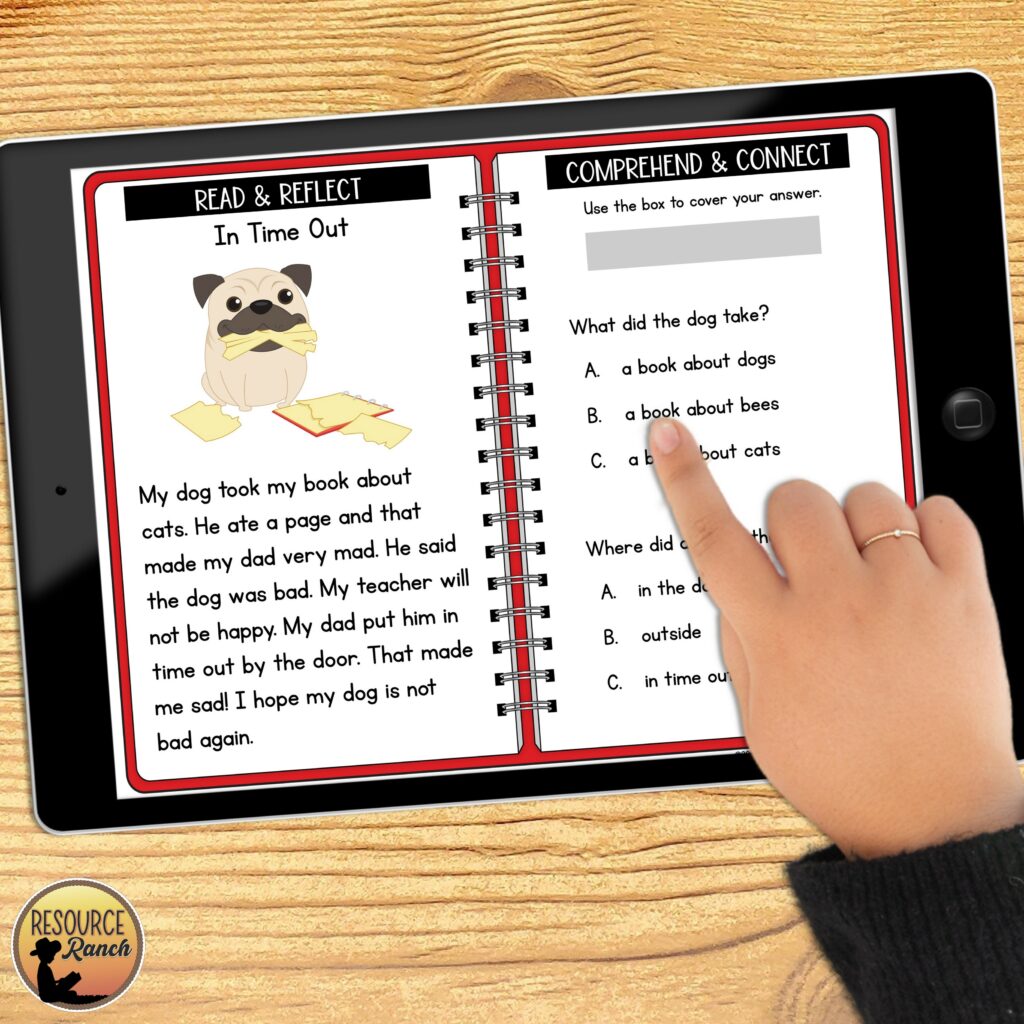
In kindergarten or first grade, often reading comprehension instruction is taught in small groups through guided reading and in whole group settings with read alouds. You can also work on this skill using reading passages that are complex enough to tell a story.
Even for early readers, you’ll want to look for passages that are at least about ten sentences long. Who wants to read “stories” that are only a few sentences anyway?
Inferencing
One of the more difficult reading skills for early readers is inferencing. Figuring out how to deduce what is missing from a picture or text is hard enough, but it’s even harder when you’re learning to read at the same time!
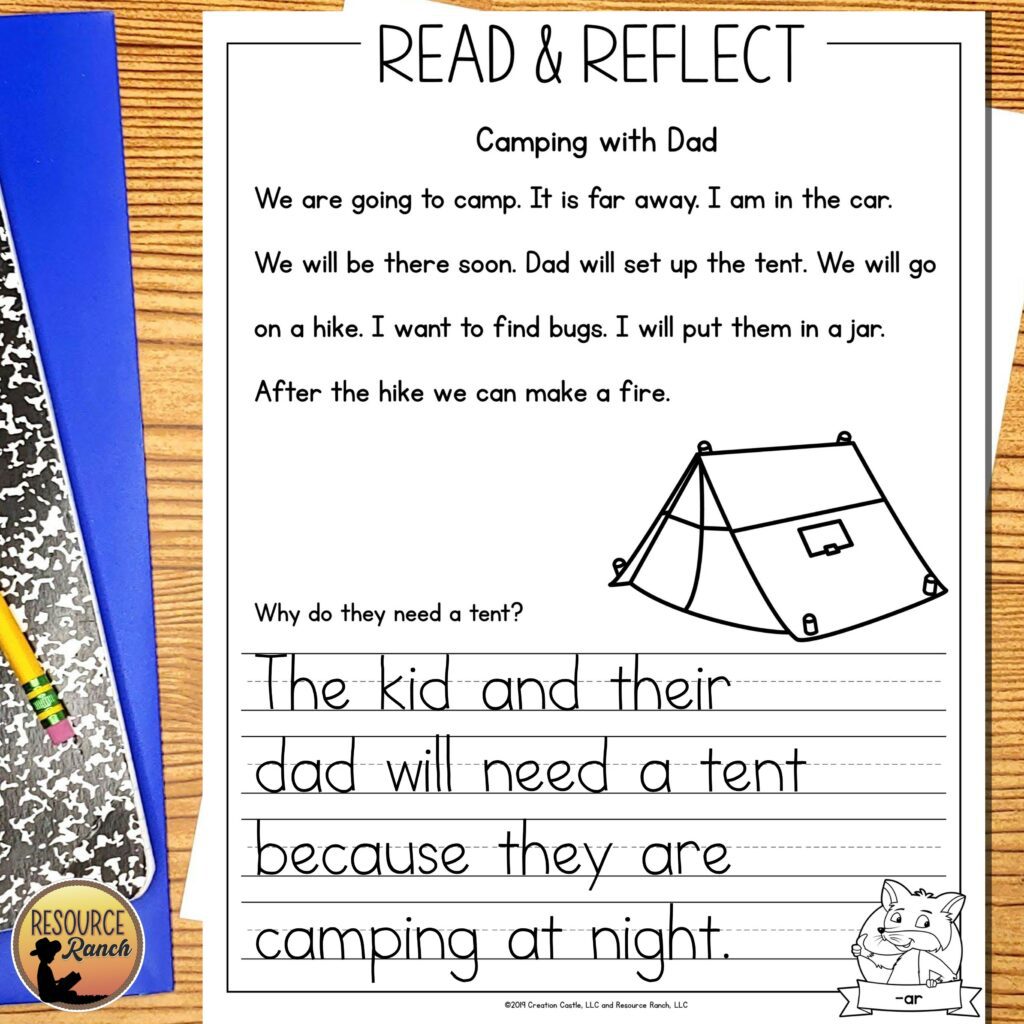
Just as word family passages can help students with fluency, they are a great tool to practice inferencing as well.
The pressure to read the text is gone, so students can really focus on the story. Also, because these stories will be more simplistic (to match the vocabulary), it provides a low-pressure situation for students to build confidence through correct inferences.
Personal Connections
When I was in my early education classes at college, there was one word a heard over and over and over and over… well you get it. All my professors were stressing the importance of schema – which is just a fancy name for background knowledge.
The schema in reading comprehension gives students an anchor in the text. It helps them better understand what is going on in the story. And the crazy thing about schema is that as adults we rely on it all the time to make decisions and understand things without even thinking about it. But this is a skill we have to teach students to utilize.
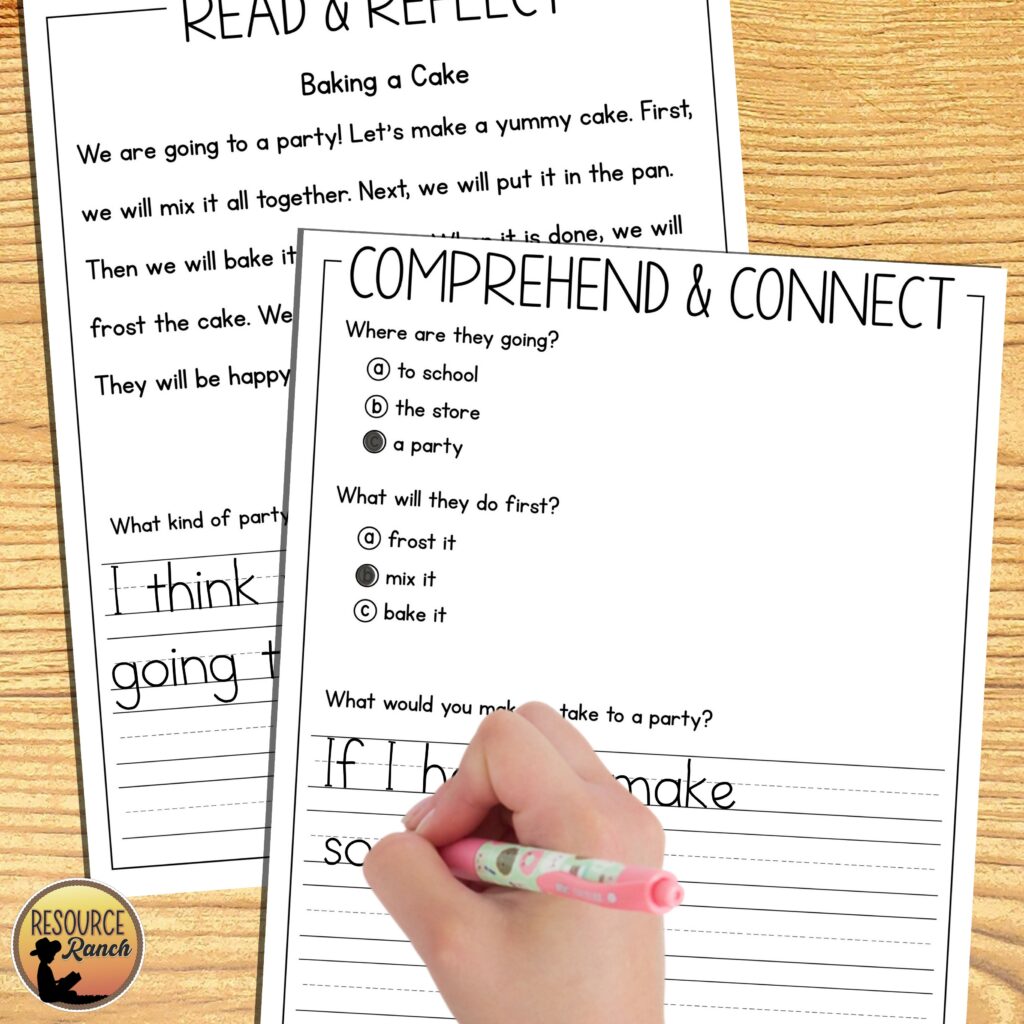
A great way to build that schema muscle is to ask students to make personal connections to a text. This would look different depending on the story, but an example might be in a story talking about a family going to the park you ask students to share what they like to do at the park. This could help students better visualize and understand the text they are reading.
Teaching Skills Through Word Families
There are many more ways you can integrate important skills with your word family instruction. I’m sure by now you’ve found that you really can’t isolate one skill when teaching.
If students are orally reciting the alphabet, they are also working on speech skills.
If students are building pictures with pattern blocks, they are mastering shapes and fine motor skills.
If students are learning about frogs, they are likely reading and writing – they are repeatedly hearing the fr blend, etc.
No matter what you’re teaching, always look for opportunities to work on multiple skills at once!
Are you ready to try word family passages?
I’ve got two great sets of word family passages that might be perfect for your kindergarten or first grade classroom! If you’re working with VC families check out these word family passages. If your students are more advanced and you’re working with VCC families, these word family passages might be a better fit for you.
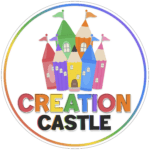
Creation Castle
Heather is the author of Creation Castle. She has experience with general education, special education, and ESL students in kindergarten through fifth grade. She specializes in early elementary math and literacy, as well as organization.

